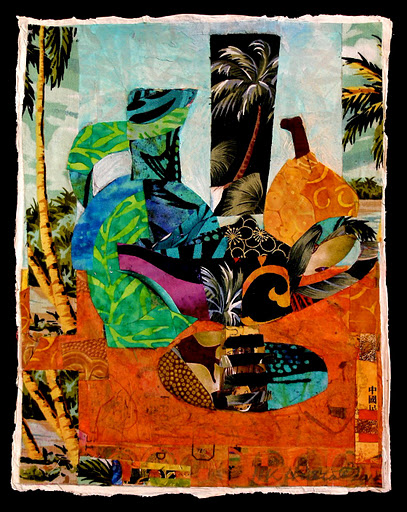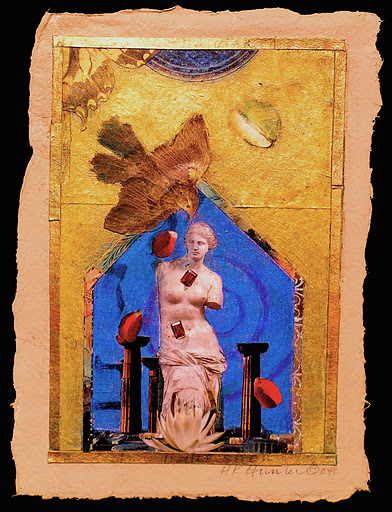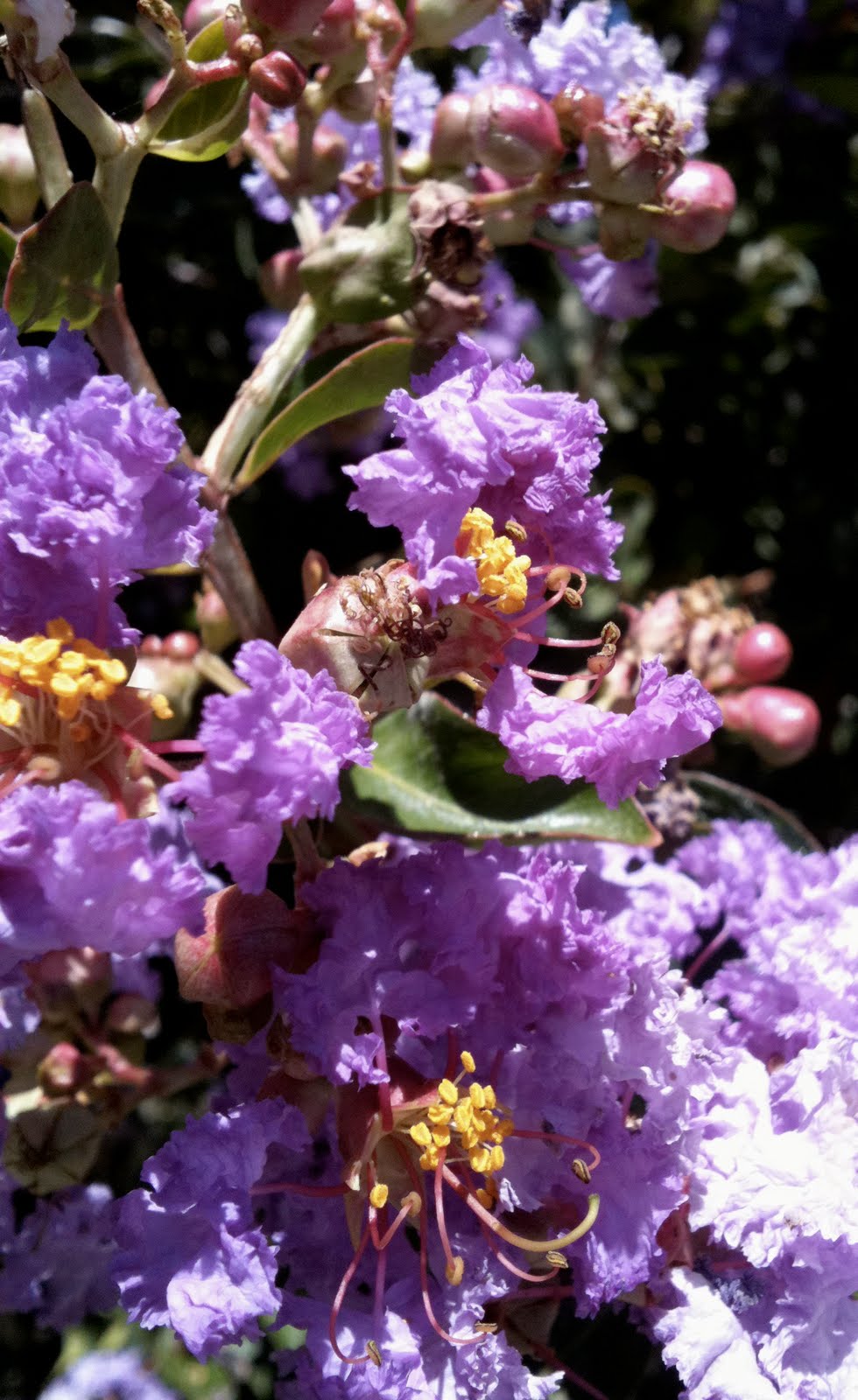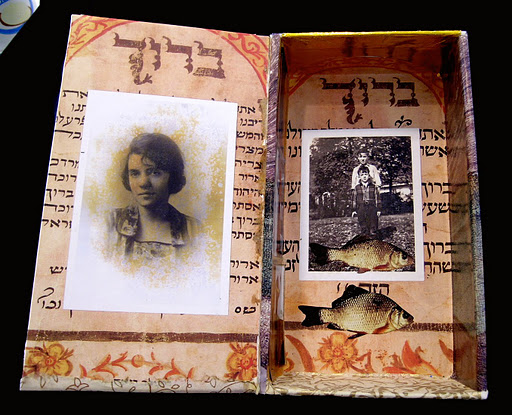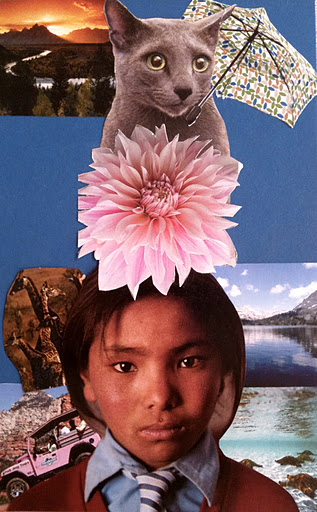Today's Part 2 focuses on the exhibit, Lessons from Things and the process of working on the still lifes that are part of it.
3.) What makes this exhibit stand out from others that have happened here locally in Davis?
Sara Post has gathered a wonderful group of artists together and given them a traditional subject, namely, familiar objects, and added a twist that is particularly hers, looking at art-making through the lens of another culture.
"In our object-rich culture, there is a tendency to skim over the presence of things, to cease to see them because of the sometimes overwhelming amount of objects in our lives. This exhibit offers an opportunity to slow down, to focus, to be with and perhaps to add to our understanding and enjoyment of objects that surround us," notes “Lessons” curator Sara Post.
Within the structure of the exhibit, she weaves in an educational component, so that the viewer comes away with more than an encounter with the works of art themselves. The unique quality of Sara's lively and provocative themes set her exhibits apart.
4.) What do you hope to gain from the exhibit (in any aspect, whether, spiritually, emotionally, or if more aimed toward the community)?
 |
||
| Lake Okoboji, ©1977, watercolor |
The greatest gift so far took place in my studio. In order to create these still lifes, I've been reaching back into my days as a young student and drawing on my youthful enthusiasm. It was a magical time; so much seemed possible and everything was fair game for the canvas: a plein air landscape, the view from my apartment window, pieces of fruit placed on a worn wooden table.
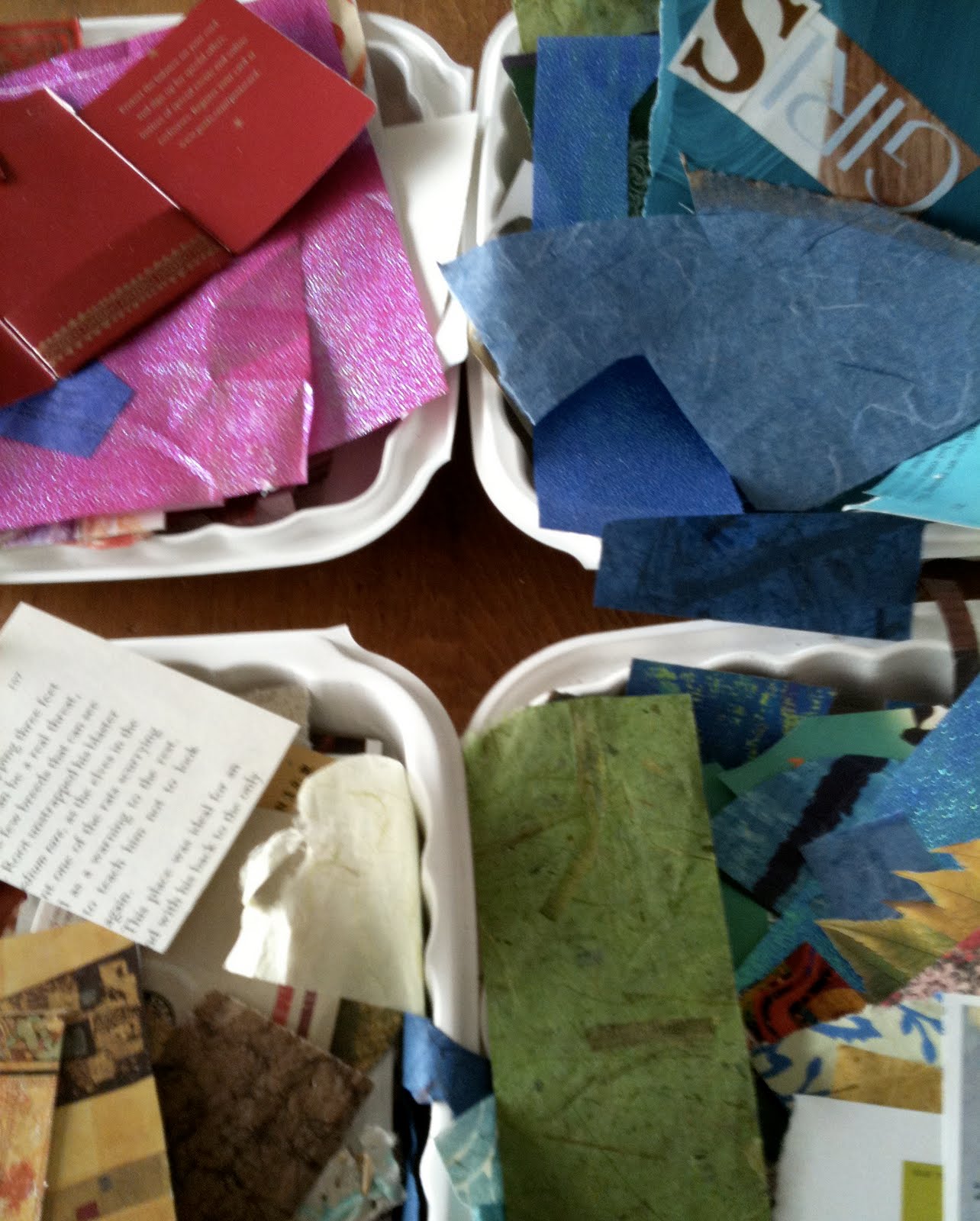 |
| Recycled take out containers for colored papers |
As I've re-explored the subject of still life, I've been able to tap into that enthusiasm and ebullience. But there's a twist. I am older and the experience of the life I've lived since that time filters into these collages as well. I see it in my approach; the willingness to take the objects I've studied "out of the box" and off of the linear plane. I experiment more freely with media and feel confident in the way that I handle the colors and patterns; letting them come together in a sort of seeming randomness that is actually the result of working with composition for so many years.
 |
| The beige take out container has it all |
I also look forward to the reception for the exhibit, to those equally random moments when I watch other people study the artwork on the walls and hear their exclamations as they move around the gallery. I love seeing so many people that I know from so many times of life here in Davis. I've never lived anywhere as long as I lived here: 22 years. That creates a rich tapestry of friends and acquaintances and you never know whom you're going to run into or what you might end up talking about. Perhaps I'll meet a new artist friend or even find the thread for a new series of collages.

